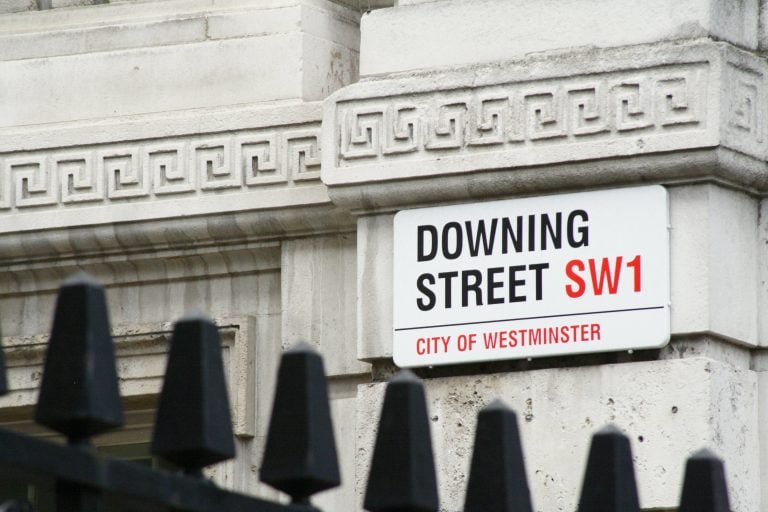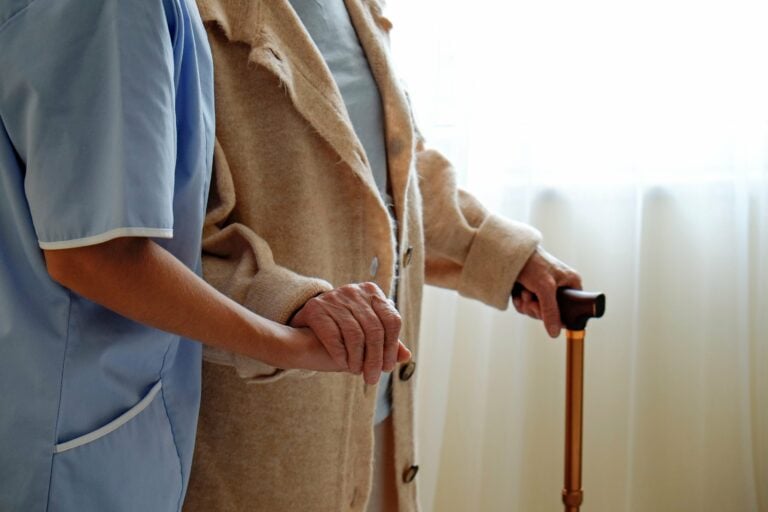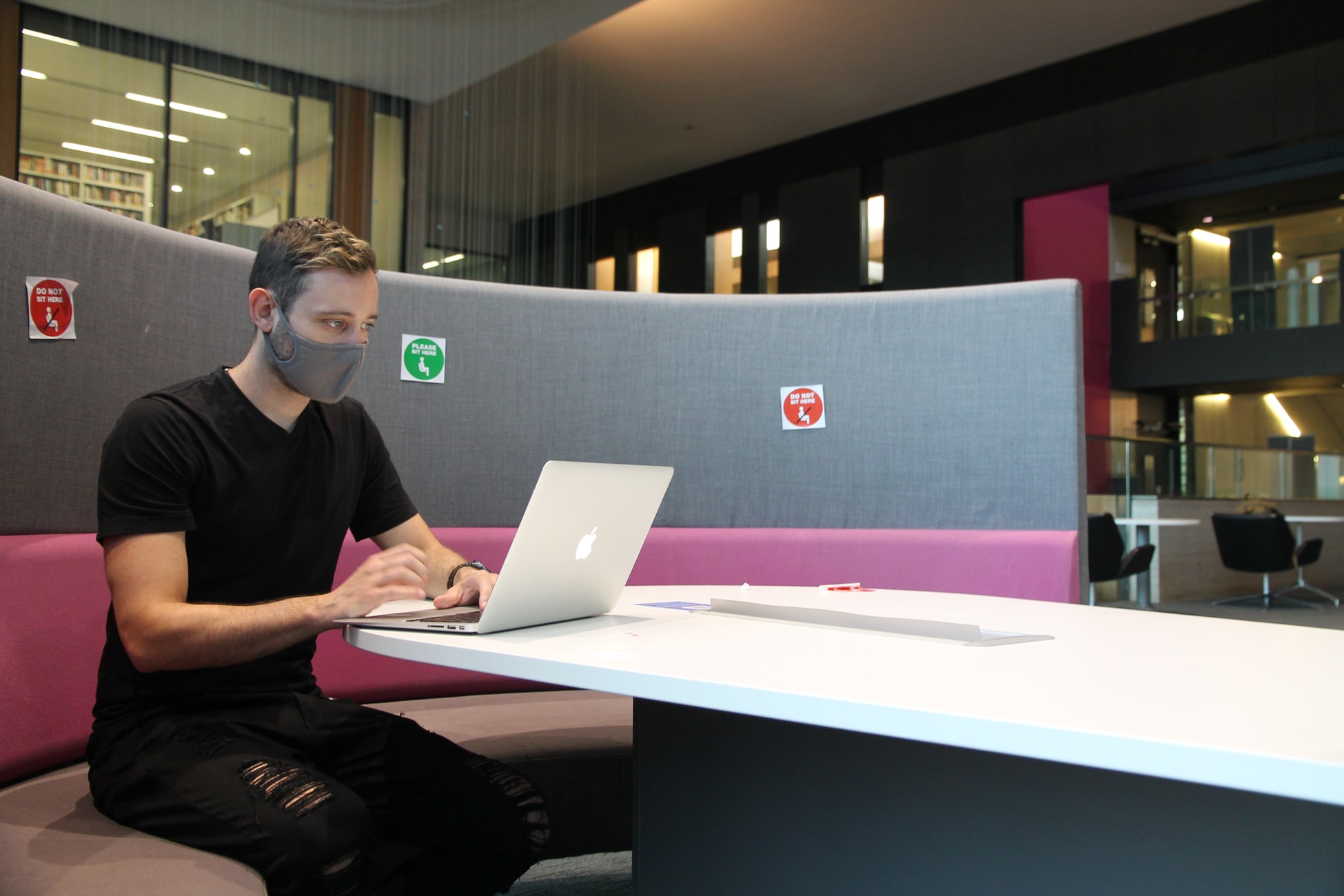BLOG
How the COVID pandemic has changed the perception of workplace health and safety
Written on 9 September 2021
It’s an unfortunate fact that workplace health and safety doesn’t always get the attention it deserves, often taking a back seat to other business-critical matters. In many cases, organisations adopt a reactive rather than proactive approach, acting only when an incident occurs.
Then the pandemic happened. With a new and largely unknown hazard to manage and strict government guidelines to follow, health and safety suddenly became a high priority. Over the last 18 months, businesses and their employees have become far more aware of the importance of a safe and healthy workplace, and commitment to standard health and safety protocols – everything from PPE adoption to social distancing markers and protective screens – has increased as a result.
All of these efforts, of course, have been in the name of protecting workers and others. But as the treat of the virus eventually subsides and COVID becomes just one of many workplace hazards organisations and their employees must manage, are these new habits and the heightened emphasis on staying safe likely to stick? Has the pandemic raised the profile of health and safety permanently, or has it simply served as a distraction, actually lowering standards overall?
The positive impact: Putting health and safety on the agenda
The urgent re-design of work and processes in light of the government’s COVID‐19 guidance has shown what’s achievable when health and safety-related issues are prioritised. Organisations have discovered that they can rapidly adapt, improve hygiene, re-design tasks and adopt new technology. This experience may well benefit the promotion of workplace safety in future.
With COVID‐19, employers have had to think hard about keeping workers distanced from activities that risk exposure to the virus. Physical distancing is a basic workplace safety strategy that states, “keep the hazard away from the people and the people away from the hazard”. COVID has brought this key safety practice very much into the limelight and it’s been very effective. Getting back to such workplace health and safety basics has been a real positive. There may also now be an opportunity for a more general work re‐design to improve safety, particularly in regard to the hierarchy of controls.
Another positive is the renewed focus on workplace health and hygiene, which often takes a back seat to accident reduction. COVID‐19 has emphasised the importance of more general hygiene practices; surfaces have had to be more frequently cleaned and disinfected and we’ve all become accustomed to washing our hands more frequently. These are good practices, especially in workplaces where many surfaces are shared by lots of people. If the rigorous cleaning and handwashing continues, then this should help to reduce the frequency of illnesses among workers.
In Asia, people have long worn masks when in public, and/or when they have a cold or other contagious symptoms, to help prevent others from getting sick. The recommendation to continue wearing face coverings in enclosed spaces may conceivably reduce worker sickness absence, particularly during the flu season. While long-term mask wearing may be a step too far for many, lots of workplaces have installed Perspex or other barriers to separate workers and block airborne pathogens and it’s likely that these protective barriers will continue to be used for some time, not least because of the cost involved in putting them up in the first place.
Perhaps the biggest lesson we’ve learned in respect to workplace health and safety is that people are capable and willing to follow control measures, if their importance is understood and their implementation is led from the top. Overnight, workers were forced to adopt prescribed ‘staying COVID-secure practices’, many of which have now become second nature. Behaviour changes and habits are directly linked to the length of exposure to new environments, and research shows it takes on average about 66 days to form a new habit. The pandemic’s multiple waves have seen workers being exposed to new patterns of behaviour for some considerable time. This is certainly fertile ground for cementing longer-term safety consciousness.
Related Content
Do you need support?
Speak to us for an honest, no obligation chat on:
0345 226 8393 Lines are open 9am – 5pm
The negative: COVID as a distractor
In some cases, the hyperfocus on managing COVID risk has detracted from more general health and safety management, and made people less alert to ‘basic’ occupational health and safety risks.
Over the past 18 months, COVID-19 has understandably dominated health and safety conversations. To that end, it’s been somewhat of a distraction, seemingly reducing the capacity of some managers and workers to focus on day‐to‐day safety concerns. While there’s no firm data yet, there’s concern that general safety standards may have slipped. In fact, the HSE’s latest round of fatal injury statistics appears to add weight to this theory, revealing that there were more non-COVID work-related fatalities during 2020/21 despite fewer people working.
There’s also always a danger in the long run of a lack of a sustained focus or ‘pandemic fatigue’ setting in, particularly in workplaces where the safety culture was less than ideal beforehand.
Furthermore, many businesses have managed to work to the same client timelines, delivery dates and other KPIs throughout the pandemic, despite reduced staff numbers. Some sectors have been busier than ever; a boom in online shopping during lockdown saw transport and logistics firms experiencing a spike in demand. This extra pressure to deliver may, again, have come at the expense of general, and even COVID‐19 specific, safety.
Another concern, of course, is the impact on workers’ general wellbeing. We know that mental health problems have soared during the pandemic, but the full extent of the damage is currently unknown, and in many cases, the consequences may not become apparent for some time. Many will have remained in the workplace throughout lockdown, working under added pressure and having to adapt to new COVID-secure practices; others have worked remotely, potentially leading to feelings of isolation and blurring the boundaries between work and home, preventing them from switching off. All of this while having to deal with the personal burden that COVID‐19 brought, such as home schooling, restricted socialisation and illness and loss.
Work-related stress, depression or anxiety was already a pressing issue in the UK workforce pre-pandemic. Now, a combination of the factors mentioned above is likely to have a bearing on people’s long‐term mental health, and employers will need to remain alert – and take steps to manage – this growing risk.

Crystal ball please
The response to COVID-19 shows how workplace safety challenges can be managed when employers are committed to the cause, and staff are aware of the risks and engaged in the collective effort. Required safety changes shouldn’t ever again run into a barrier of cost, interest or risk-reward measurement. Perhaps that’s wishful utopian thinking on the part of health and safety professionals, though who would have thought the changes we’ve seen since March last year would ever happen, or were even possible?
For the short term at least, the culture around health and safety has changed. But whether the protection of people will still be paramount once the dust settles, only time will tell.
Stay safe and compliant with specialist support
Now that the most COVID restrictions have lifted, it falls on employers to make sensible risk management decisions, and getting it wrong could mean you fall foul of the law. Ellis Whittam can work with you to conduct a full health and safety MOT and support with your post-lockdown safety measures so that you can operate confidently and compliantly.
To discuss your specific needs and discover more about our personalised, fixed-fee support, call 0345 226 8393 or request your free consultation using the button below.
Sign up for the latest news & insights
Resources
Latest News & Insights

Changes to day one unfair dismissal rights | New six-month protection explained
BLOG Written by Patrick Carroll-Fogg on 1 December 2025 Of the almost 75 individual tweaks and changes set to be introduced under the Employment Rights

Breaking down the Budget 2025 for employers
BLOG Written by Daniel Rawcliffe on 27 November 2025 The recently announced UK Budget 2025 is a challenging one for small businesses. While it covers

AI for interviews with job candidates | Balancing technology with a human touch
BLOG Written by Danielle Fargnoli-Read and Tracey Burke on 21 November 2025 AI is reshaping the way UK businesses approach hiring, offering benefits such as

Workplace risks revealed | HSE 2024/25 report shows rising injuries and ill health
BLOG Written on 21 November 2025 Providing a safe, healthy workplace should be a top priority for all employers. But how well are workplaces actually

CQC under scrutiny | Inspection gaps highlight need for compliance readiness
BLOG Written on 12 November 2025 A recent BBC article highlighted that the Care Quality Commission (CQC) failed to routinely inspect a service previously rated

Duty to prevent sexual harassment | Almost half of UK businesses aren’t compliant
BLOG Written on 11 November 2025 Almost a year since the Worker Protection Act 2024 came into force, new research from our team at WorkNest

Unconscious bias in the workplace | Lessons from The Celebrity Traitors
Blog Written by Andrew Moore on 7 November 2025 The Celebrity Traitors has had us all hooked. While we tune in for the twists, betrayals

Best interview techniques for employers | 5 simple strategies for success
BLOG Written by Danielle Fargnoli-Read on 22 October 2025 The interview process hasn’t changed much in decades – and candidates can tell. Recycled questions, rigid

What happens if an employee resigns during the disciplinary process?
Bridging the growing gap between employers and today’s job seekers.




